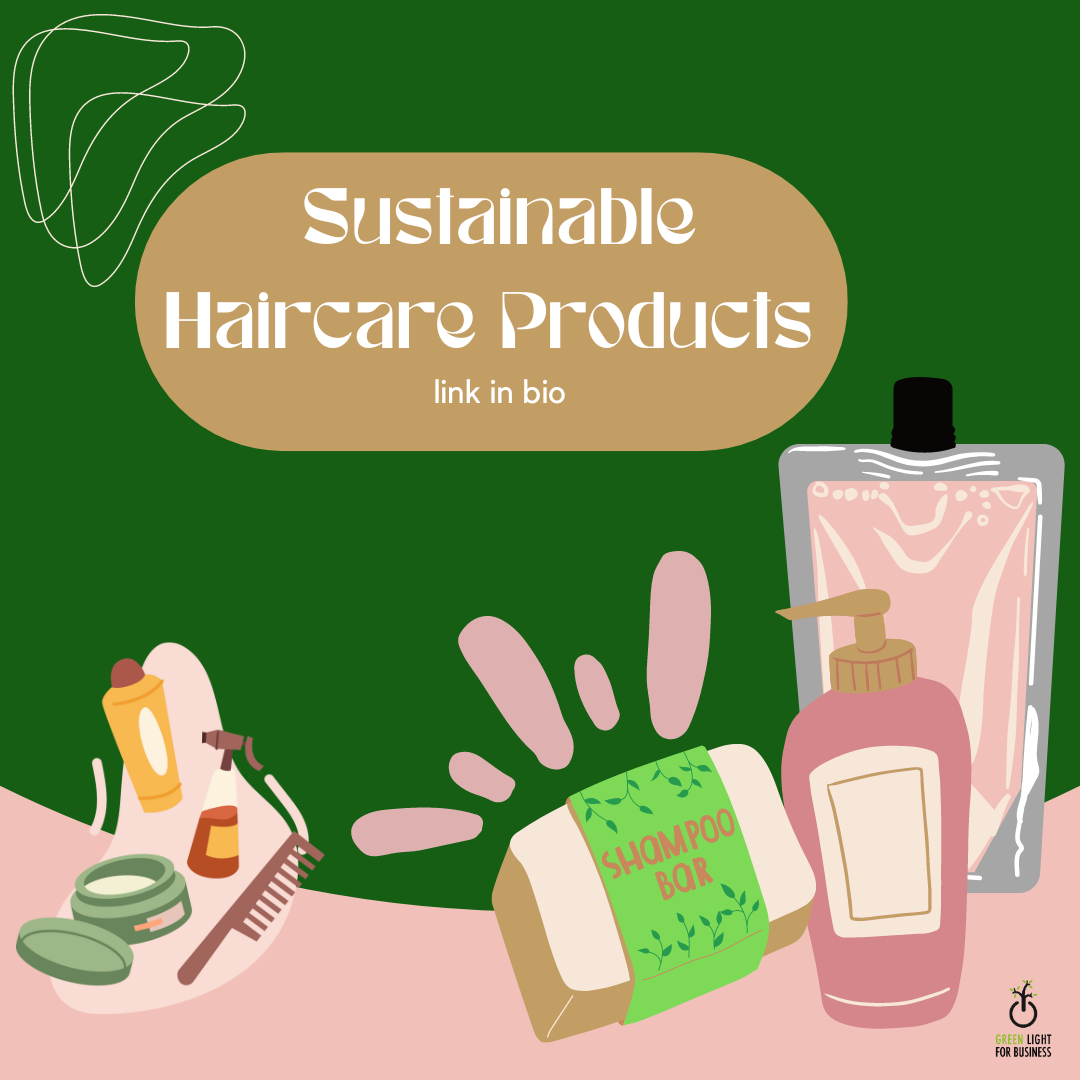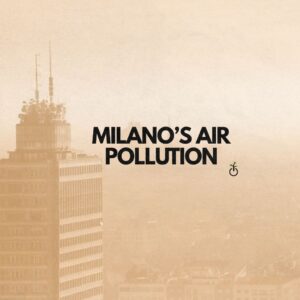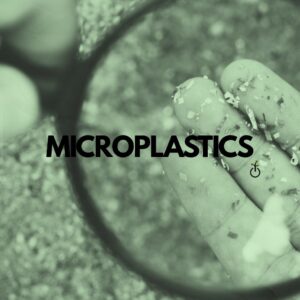Throughout its evolution, the haircare sector has undergone significant transformation, progressing from a niche market to a thriving global industry worth billions of dollars and with a prospected growth rate of 2.9% in the next 5 years.
At present, a handful of major players control the industry, but the anticipated growth in the upcoming years is likely to be fueled by smaller, specialized brands that focus on producing natural and organic haircare products.
Despite being a daily necessity for billions of individuals, haircare products contribute significantly to environmental harm, often operating as silent threats. The packaging generates excessive waste, the chemicals within them pose risks to marine life, and the production process involves deforestation.
Two primary areas of concern regarding shampoo and conditioner are their plastic packaging and the presence of harmful ingredients.
Starting from the analyzed sustainability problems of haircare products there are three core pillars to focus on:
- The first fundamental element is product innovation, switching to solid shampoos and conditioners.
- The second key component involves a business model transformation, focusing primarily on implementing a circular economy through a packaging revolution.
- The last dimension addresses customer relationships, a crucial element to develop customers’ awareness and their loyalty to the brand.
Product Innovation
To reduce environmentally harmful ingredients and address water usage issues affecting both the environment and consumers’ health, it is necessary to reassess the formula of shampoos and conditioners.
To minimize water usage in haircare products is essential a shift to products with a new consistency, such as solid shampoos and conditioners. Solid haircare products contain little to no water meaning we are left with only the active ingredients. Contrast this with a liquid shampoo, which is typically 75%-95% water.
Solid products can be used for a longer time, thanks to more microbiological stability than liquid formulations. This means that the use of Parebens, which are one of the most harmful chemicals of haircare products, can be drastically reduced or totally avoided in these innovative products.
Solid shampoos and conditioners present some additional advantages compared to the traditional ones. In particular as less water means less weight, these products are easier and cheaper to transport compared to liquid products. It is convenient both for the environment and for companies due to the reduction in costs and emissions.
Moreover solid products can be distributed in various formats to better adapt to different consumers needs. In addition to standard sizes, they can also be sold in small single-use cubes, ideal for travel or to be distributed by hotels.
Circular economy: package revolution
To make haircare products more sustainable it is crucial to rethink completely the traditional way in which people perceive haircare products, switching to a circular economy model thus refusing to sell plastic disposable products.The fundamental idea of the new business is to employ reusable and refillable aluminum containers made by recycled aluminum.
Adopting aluminum containers mitigates the use of single-use plastic containers, consequently preventing the release of microplastics into water sources.
Recycled aluminum retains its properties, so it can be recycled repeatedly without a loss in quality. The recycling process for aluminum is energy-efficient. Indeed, recycled aluminum only takes around 5% of the energy needed to make new aluminum.
Aluminum’s outstanding barrier properties contribute also to extending product shelf life as they function against the migration of moisture, oxygen and other gasses, and volatile aroma, as well as against the impact of light which is generally higher than any plastic laminate material.
Other smart properties of aluminum are its light weight that contributes to reduced transportation costs and a smaller carbon footprint and its durability that makes aluminum containers perfect to ensure refilling for many years.
At the end of its useful life, aluminum containers can be refurbished to create new ones. The same brand will establish collection points at its retailers, ensuring the recycling of aluminum and minimizing waste.
Customer Awareness and Loyalty
The role of companies in addressing the issues of haircare products is really important, however their effort would be useless if consumers did not switch to a more conscious and responsible consumption regarding haircare products.
There are a few simple practices that would make the use of these products less impactful on the environment and less harmful for the users. One of the key ones is the reduction of the rate of hair washing as it would reduce the time spent in the shower and therefore also the water use. This would be great for the customers too since washing the hair too often and using high amounts of product is harmful as it damages the scalp and may lead to hair loss.
It is also important to encourage the customers to refill their containers and to do so companies should allow easy access to refilling-collecting points. These should be located widely both in large scale retail distribution and in specialty sustainability stores. Also a partnership with hairdressers, as refilling points, could help in inducing the customers towards this kind of products as people rely on hairdressers.
Shampoos and other hair care products are bathroom’s staples. However, their formulations and packaging are causing substantial environmental damage and negatively affect our health. Thus, a shift in paradigm is now more than ever necessary to abandon plastic containers of products full of water and harmful chemicals. Instead, the industry should go towards products with better ingredients in solid form or within refillable containers made of recycled aluminum and promote sustainable consumers’ habits. This would in turn reduce the resulting packaging waste, water usage and greenhouse gas emissions, as well as protect marine life and the health of consumers.
By Bianca Catricalà, Marie Goepfert, and Margherita Nespoli
Sources:
https://doi.org/10.1016/j.etap.2019.03.007 http://dx.doi.org/10.3390/cosmetics6010013 https://doi.org/10.1080/87559120701593830 https://doi.org/10.2166/ws.2022.189 https://www-statista-com.libproxy1.usc.edu/forecasts/1268477/worldwide-revenue-hair-care-market https://doi.org/10.1016/j.scitotenv.2022.153730




